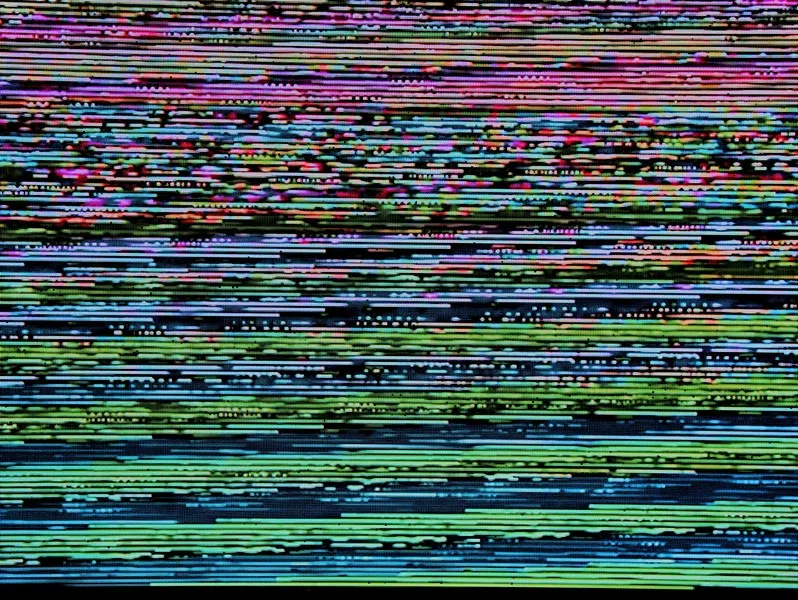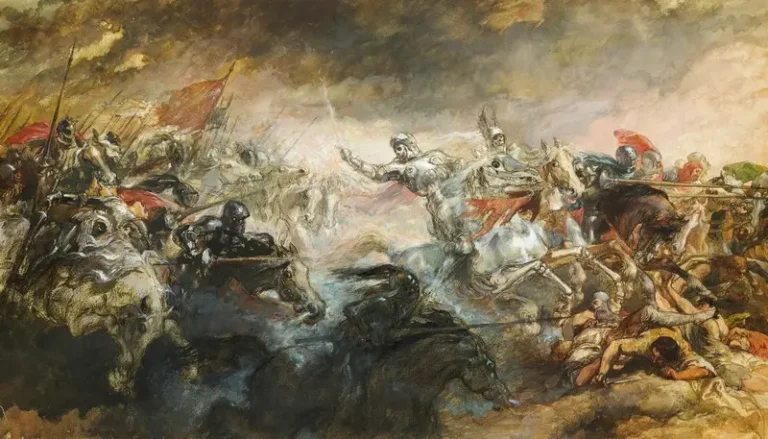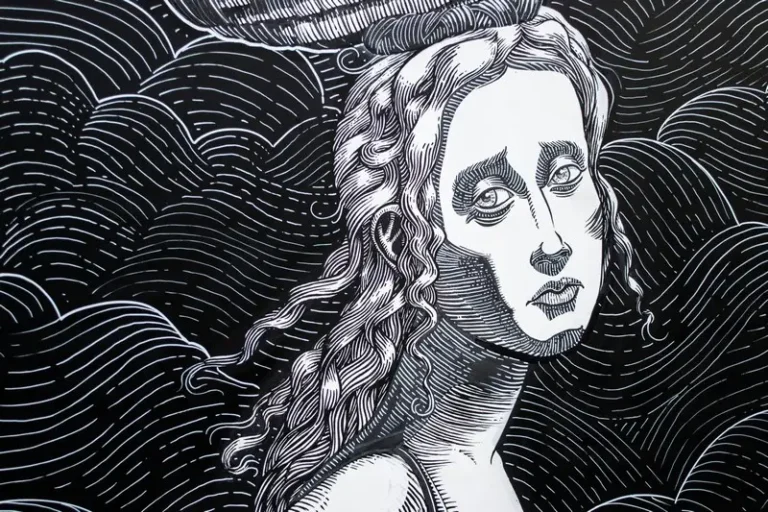Table of Contents
- Historical Context of Art and Censorship
- The Role of Power and Control in Art Censorship
- The Impact of Censorship on Art and Society
- Case Studies in Art Censorship
- Sociological Theories on Art and Censorship
- Conclusion
Art has always been a powerful medium for expressing human emotions, challenging societal norms, and provoking thought. However, throughout history, art has also faced various forms of censorship. Censorship in art involves the suppression or prohibition of works that are considered objectionable, harmful, or sensitive by authorities, groups, or institutions. This article explores the complex relationship between art and censorship from a sociological perspective, examining its historical context, the role of power and control, and the impact on society.
Historical Context of Art and Censorship
Ancient and Medieval Times
The history of art censorship dates back to ancient times. In ancient Greece, artists often faced restrictions, particularly in their depictions of gods and religious themes. Similarly, during the medieval period, the Catholic Church exercised significant control over artistic expression, determining what was acceptable within the realm of religious art. The Inquisition, for example, actively censored works that were deemed heretical or blasphemous.
Renaissance to the Enlightenment
The Renaissance period saw a flourishing of artistic expression, yet it was not free from censorship. The Catholic Church continued to wield considerable influence, as seen in the censorship of works by artists like Galileo, whose scientific illustrations contradicted church doctrine. The Enlightenment, however, marked a shift towards more secular forms of censorship, as emerging nation-states began to regulate art to consolidate power and control public morality.
Modern Era
In the modern era, censorship evolved with the rise of totalitarian regimes. For instance, Nazi Germany and the Soviet Union imposed strict controls on artistic expression to propagate state ideologies and suppress dissent. The infamous “Degenerate Art” exhibition in 1937 Nazi Germany showcased and ridiculed works deemed contrary to the regime’s ideals. In contrast, the Soviet Union promoted socialist realism while censoring avant-garde and abstract art.
The Role of Power and Control in Art Censorship
State and Governmental Control
Governments often use censorship to maintain power and control over their populations. Authoritarian regimes, in particular, are known for their stringent control over artistic expression. By censoring art, these governments aim to eliminate dissent, promote their ideologies, and maintain social order. In democratic societies, while censorship is less overt, it can still occur through legal frameworks that regulate obscenity, hate speech, and national security.
Religious Influence
Religious institutions have historically been powerful censors of art. Religious censorship is often driven by the desire to protect sacred beliefs and moral values. This form of censorship can manifest in the banning of artworks that challenge religious dogma or depict religious figures in a controversial manner. For example, the uproar over Andres Serrano’s “Piss Christ,” which depicts a crucifix submerged in urine, highlights the ongoing tension between artistic freedom and religious sensibilities.
Social and Cultural Norms
Societal norms and cultural values also play a significant role in art censorship. What is deemed acceptable or offensive can vary greatly across different cultures and time periods. Art that challenges or subverts these norms often faces censorship. For instance, the feminist art movement, which critiques patriarchal structures, has frequently encountered resistance and censorship due to its provocative nature and challenge to traditional gender roles.
The Impact of Censorship on Art and Society
Stifling Creativity and Innovation
Get the full article AD FREE. Join now for full access to all premium articles.
View Plans & Subscribe Already a member? Log in.





